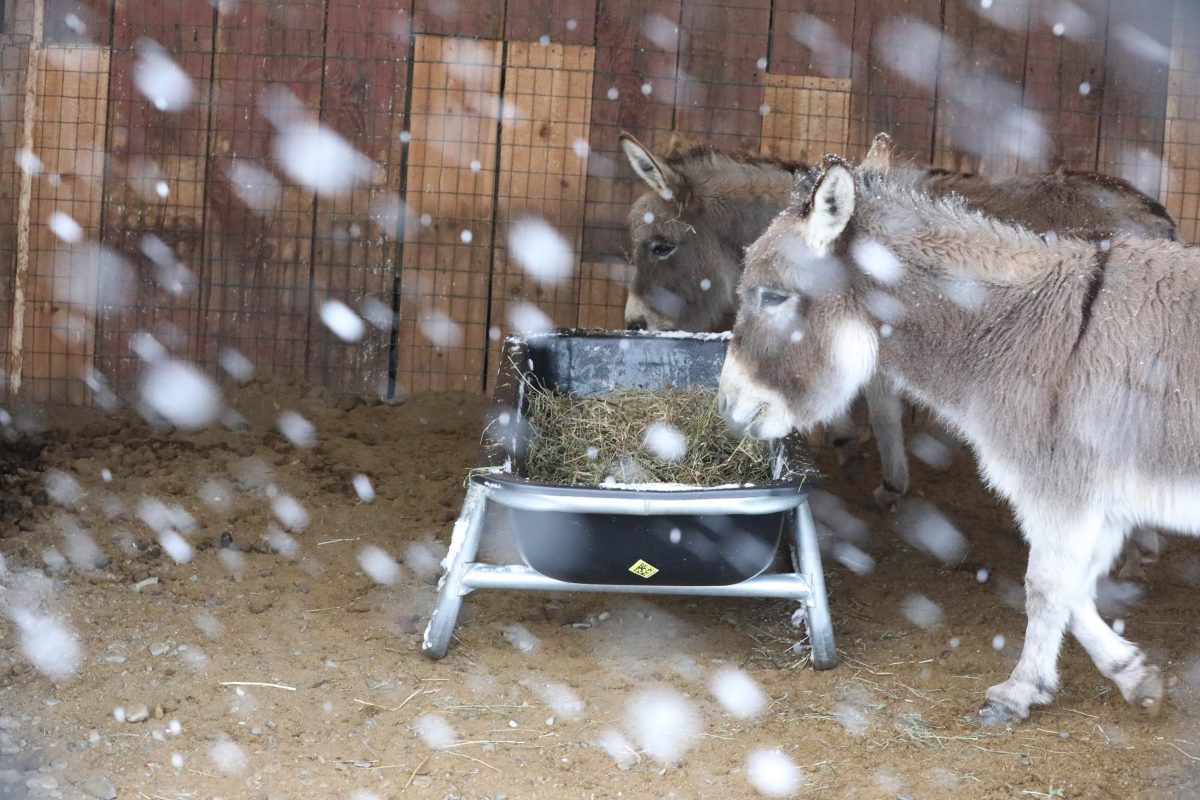All over the world, donkeys have long been overworked, slaughtered in China to make medicine, slaughtered in Kenya for food, slaughtered in some countries for their skin, for gelatin, transported in crowded vans with no food or water.
Why does the worked pick on the donkeys?. It’s a sad irony that it’s a donkeys ability to work and suffer in silence that has made it one of the world’s most abused animals, according to wildlife researchers.
Donkeys are stoics, they never cry out in pain when injured. Throughout human history, the donkey history has been one of cruelty and neglect.
Our wonderful donkey Simon was found starving and dying in a tiny pen in upstate New York. We were so happy to give him some good time before he died.
Here on Bedlam Farm, we are especially conscious of the worldwide abuse of donkeys. Lulu and Fanny. Our donkeys live the good life. Gourmet food, fresh carrots, grain, and fresh hay.
They have shelter from the cold and the rain, get their nails trimmed quarterly, and are scratched, brushed, cosseted and kissed – every day.
When it snows, we haul our hay feeders into the barn, so they can eat in peace and comfort. They are sweet and smart, they love people but are wary of them sometimes. It’s in a donkeys’ blood to be careful around people.
We are happy to spoil Lulu and Fanny. On behalf of all the suffering of donkeys all over the world, we work to make sure that our two never have a bad day.


An alternative, or additional reason donkeys have been used for work- they are small, hardy, strong beasts that can live and work on poor quality food. They also are Very smart, and stubborn, refusing to do what they knowmis dangerous, which could indeed lead to poor treatment…..
I fell in love with donkeys when I spent a year in Greece. They were work animals, but I never saw one abused. The sound of their braying makes my heart soar. I don’t know why, but it’s one of my favorite sounds in life.
Jon…
Thank you for bringing to our attention the working animals of the equine family. I never thought much about them until I read “Saving Simon.” That book gave them life in my mind.
Then I started wondering about these creatures, and raising questions I couldn’t answer. It’s easy to become anthropomorphic with them. I read an older post where you mentioned our reverence towards donkeys (asses) in ancient cultures. It appears it is we who have changed, not the donkeys. Are they uniquely enigmatic, or do they behave like other equines transitioning to domestication?
Encounters in Arizona
The burros of Oatman, AZ are descendants of those brought by gold miners in the late 1800s. When the miners no longer needed them, the burros were cast loose. Now, each morning they come into town and wander the streets looking for food. They are very persistent with the tourists encouraged to feed them. Shortly before sunset they return to the hills.
While visiting the Grand Canyon, I observed the pack mules in their corral. Their behavior seemed typical enough, but once they started on the trail ride with its narrow paths and sheer drops, the mules were all business.
Thank you for being kind to these wonderful, generous little spirits. I have known a few; they are just lovely.
They have also been beasts of burden, forced to carry much more than their backs can withstand for many miles.